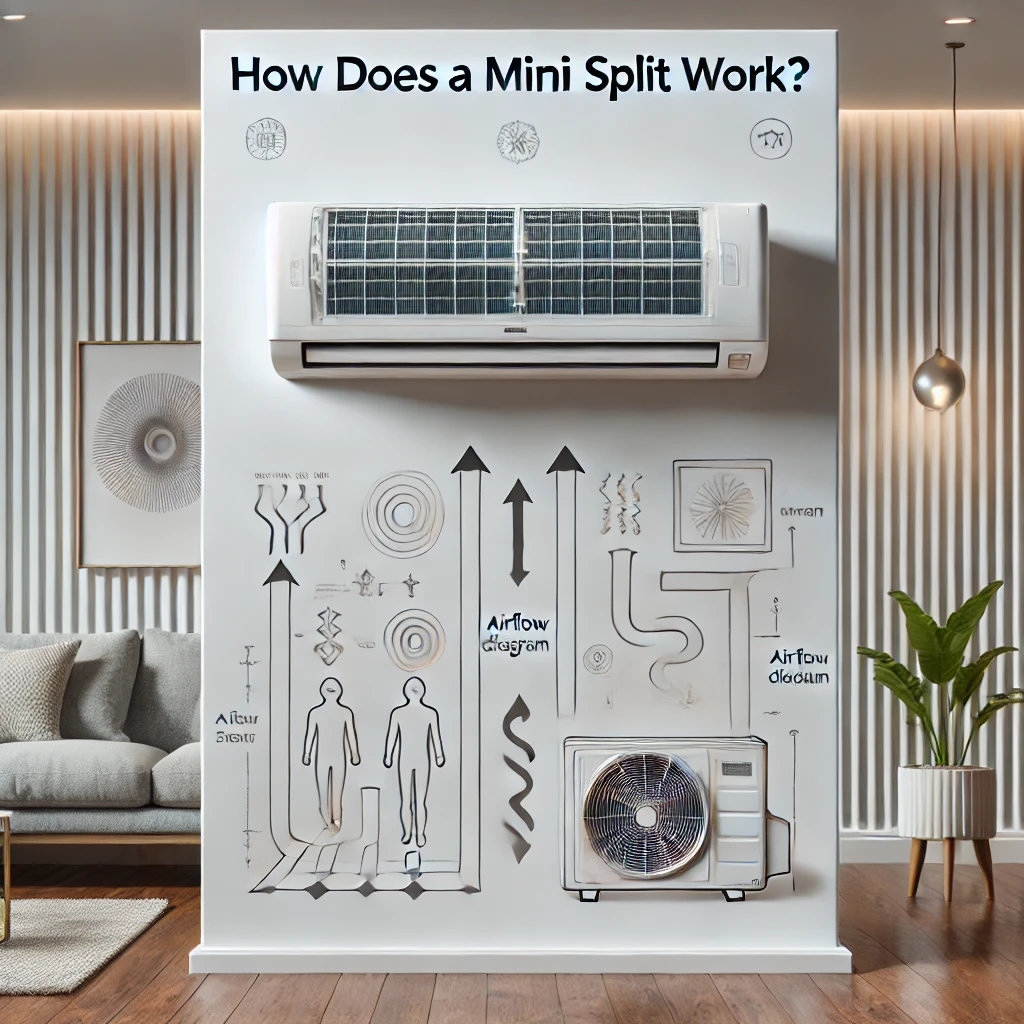Answer:
Defrosting a Fujitsu mini split is a process built into the system’s operation to handle frost build-up on the outdoor unit during colder weather. In our experience, the unit will automatically activate its defrost mode when sensors detect ice accumulation. This mode temporarily stops heating and reverses the refrigerant cycle to melt the ice. However, if your unit isn’t defrosting properly, you can manually turn off the system, inspect the outdoor coil for debris or heavy frost, and clear it gently with warm water (never hot). In our professional opinion, if frost issues persist, it’s time to check for potential system malfunctions or contact a certified HVAC technician for assistance. Customers often find that keeping the outdoor unit clear of obstructions helps maintain proper defrosting function.
More On “How to Defrost Fujitsu Mini Split?”:
Frost build-up on a Fujitsu mini split outdoor unit is a common occurrence in cold Canadian winters. The defrost cycle is an essential feature that ensures the system operates efficiently by removing ice that can restrict airflow and reduce heating performance. Typically, the system will defrost automatically every 30-90 minutes of operation, depending on the outdoor temperature and humidity levels. You’ll notice the process when the outdoor fan stops, and the unit may emit steam as the ice melts.
If the defrost mode isn’t working effectively, it may be due to blocked airflow around the outdoor unit, low refrigerant levels, or a faulty sensor. We’ve found that regular maintenance, such as cleaning the outdoor coil and ensuring proper drainage, goes a long way in preventing these issues. For long-term peace of mind, scheduling annual servicing with a professional HVAC technician can help identify and address potential defrosting problems before they escalate.
If your unit frequently ices up and doesn’t enter defrost mode, there may be a deeper issue such as incorrect installation or malfunctioning components. Addressing these issues early ensures your Fujitsu mini split keeps performing optimally, even in the harshest conditions.












